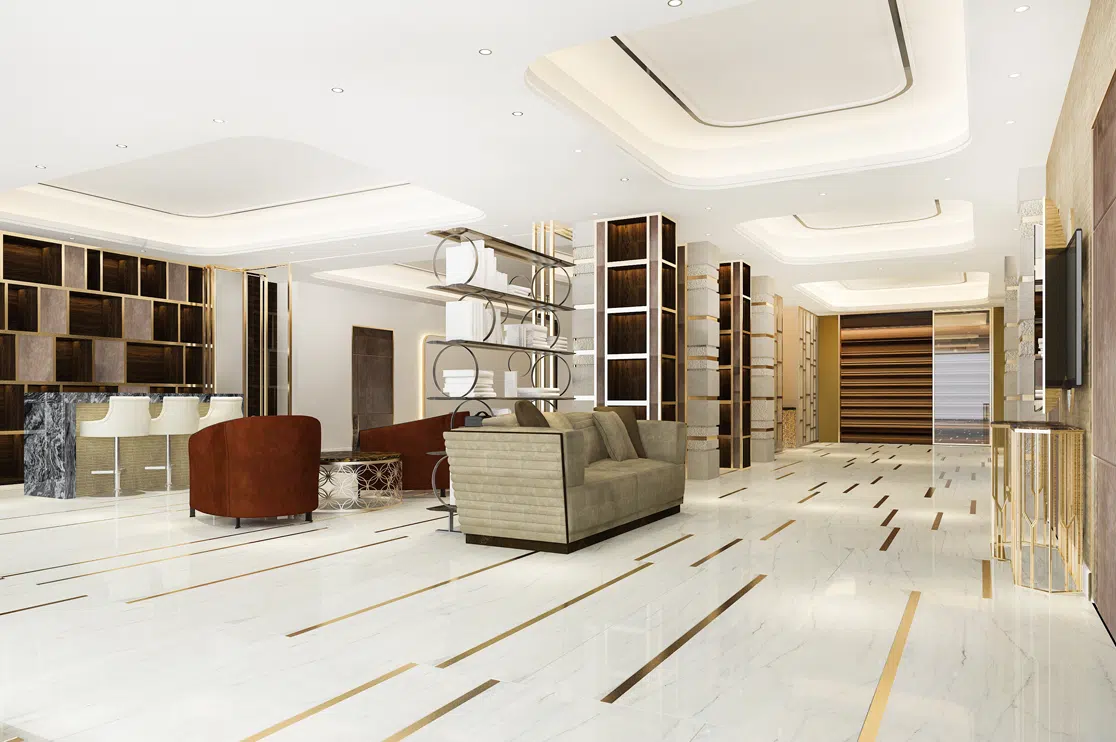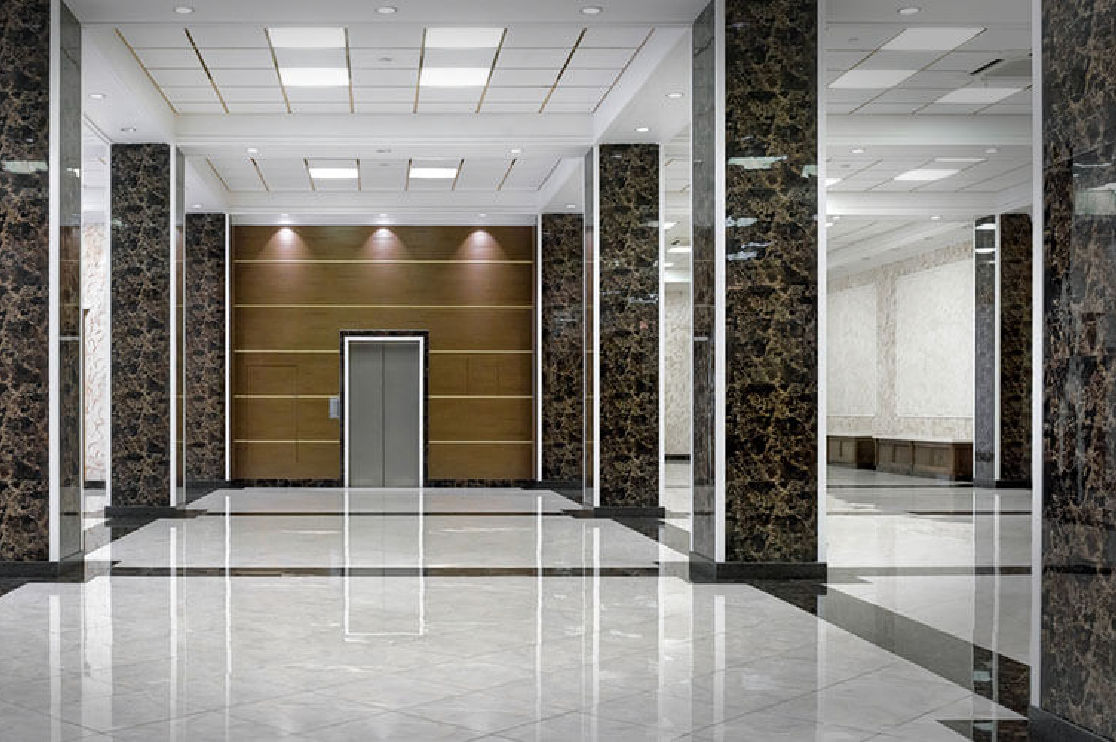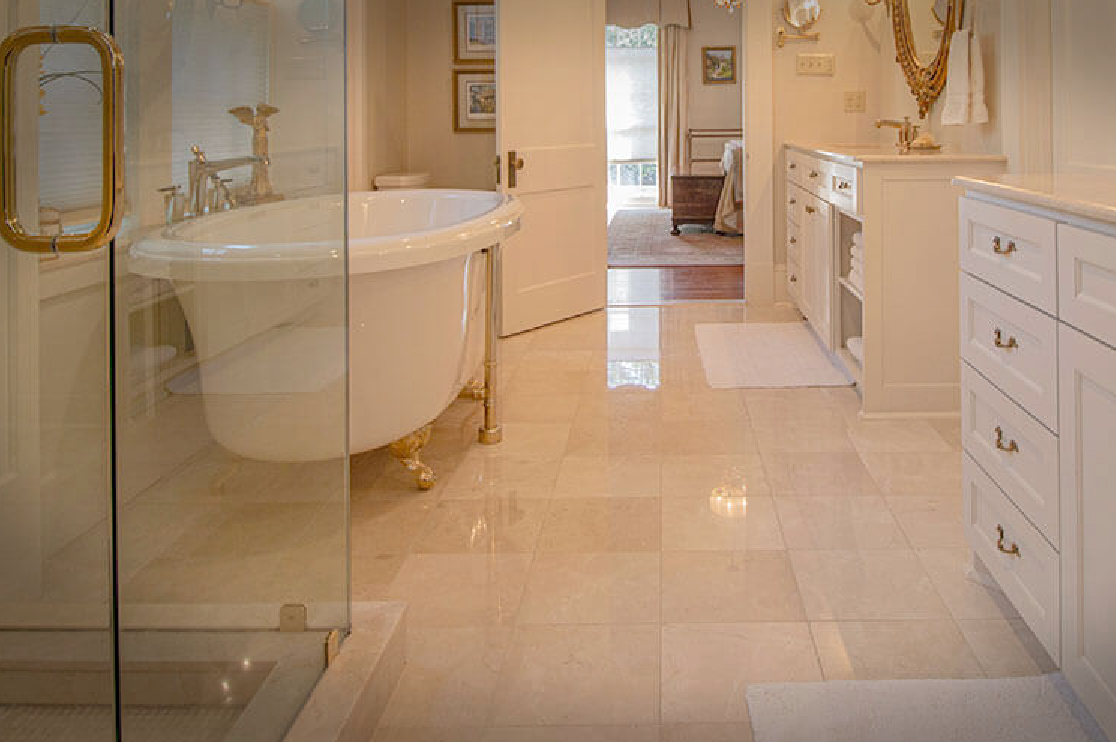Scan to BIM is a Win for Cost-Effectiveness in Post Construction
Scan to BIM is your ticket to saving money in building restoration and expansion.
Toronto, ON – April 10th, 2017 : Scan to BIM is making waves in the AEC industry for its numerous benefits in post construction, particularly in facility management and retrofitting projects.
In this press release, BluEntCAD will shed some light on how Scan to BIM technology is revolutionizing construction firms across the globe.
Project Lifecycle Benefits
If you’re wondering “What is Scan to BIM?”, check out our blog post on the subject here.
What you need to know is that Scan to BIM uses laser scanning to create a point-cloud map of a building, which can then be used to create a comprehensive 3D model with unparalleled accuracy.
Scan to BIM is known for its usefulness in building restoration, but there has been an upsurge in using the processes to upgrade your average facility into a high-performance building that integrates best practices in sustainability and operations.Regardless of a structure’s current state, using BIM to renovate a space is a cost-effective and environmentally friendly way to get the benefits of a brand-new building.
Here are three key ways that Point Cloud Scan to BIM is being used in the project lifecycle:
-
Bidding:
3D laser scanning enables clients to remotely obtain orthographic projections for survey. Thus, design teams gain access to precise data regarding dimensions and measurements that facilitate more accurate cost estimates and pricing.
-
Construction Documentation:
The precision and comprehensiveness of the design data that Scan to BIM technology is able to capture reduces errors in construction documentation, improving design, reducing rework, and streamlining troubleshooting.
-
Post construction:
The benefits of Scan to BIM Revit in post construction are endless. From day-to-day facility management to planning future development to marketing a newly renovated building, laser scanning combined with BIM technology is a must have for managing buildings over the long term.
Optimizing Post Construction Workflows
The main value that Scan to BIM offers construction firms, architects, MEP engineers and building owners is total control over renovation and expansion.
This is applicable to a wide range of industries, including healthcare, retail, the public sector, and real estate. Point Cloud Scan to BIM can even be effectively used to manage infrastructure projects thanks to GIS integration.
Archinect identifies 7 key post construction benefits of Scan to BIM Services:
-
Continuous access to a comprehensive building information model (BIM)
-
Opportunities for facility management applications (eg. space management, plant management)
-
Instant procurement of existing room measurements for rental or valuation purposes
-
Effortless review of future alteration and addition plans
-
Streamlined energy efficiency survey or audit processes
-
Confirmation of as-built systems as evaluated against LOD400 digital fabrication BIM
-
Enhanced creation of virtual fly-throughs of existing structures
BluEnt’s Respons
Thanks to our growing portfolio of Scan to BIM Revit services combined with years of experience in construction documentation and BIM modeling, BluEntCAD is well-positioned for the demand for skilled Scan to BIM Point Cloud Integration services.
Using this technology, we have been able to improve processes such as estimation accuracy, spatial analysis, and design risk reduction for AEC professionals across Canada.
We have seen firsthand how Building Information Modeling improves the delivery time, marketability, and scalability of our clients’ projects.
With growing requests to implement Scan to BIM in post construction, BluEntCAD is looking forward to scaling the possibilities of this technology with our clients.
Tim Johnson
Strategic Sourcing & Business Development Manager
BluEntCAD | 832-476-8459
Featured Insights
AutoCAD And RFMS: Find the Perfect Fit for Your Tile & Stone Shop Drawing Projects
Exploring the Array of Tile & Stone Shop Drawing Services: Choose Your Right Solution
Mastering the Tile Shop Drawing Workflow: How Precision Prevents Costly Delays and Chaos
On Time, Everytime! Reasons to Choose BluEnt as Your Tile & Stone Shop Drawing Partner

















